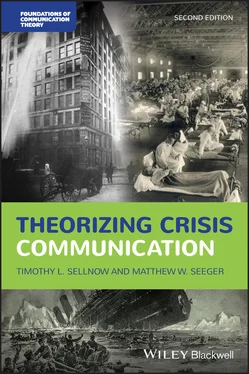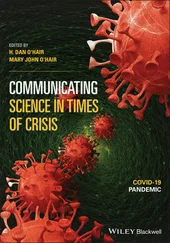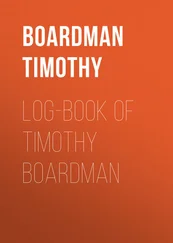Effective warning systems, as we have noted, are critical to protecting the health and well-being of the public, and diverse systems have been developed for a wide range of public threats. Sirens have been used primarily for weather, industrial, and transportation risks and flash floods where an immediate audience must be notified of a risk. The Emergency Broadcasting System (and the subsequent Emergency Alert System) was developed in 1963 as a television- and radio-based system. The system was established to provide the president of the United States with “an expeditious method of communicating with the American public in the event of war, threat of war, or grave national crisis” (EBS, 1978). These systems notwithstanding, the media have generally been assumed to play a central role in disseminating warnings. Local weather reporters, for example, are credible sources for warning about impending weather risks.
Because risks and threats are usually based on probabilities, warnings always include some level of uncertainty. Uncertainty, in fact, is generally recognized as “the central variable” in all efforts to communicate risk (Palenchar & Heath, 2002, p. 131). One of the primary tensions in any warning system involves balancing the level of uncertainty and the need to induce some action. Thus, many warning systems are graded to communicate greater or smaller probability estimates of the likelihood of harm occurring as well as estimates of the severity of the potential harm: “This is a very big and dangerous storm that threatens life and property and there is a strong probability it will impact this area,” for instance.
One example of a gradated system was the color-coded DHS Advisory System (see Figure 3.1). The system ranged in terms of risk uncertainty across severe, high, elevated, guarded, and low. The system was implemented in March 2002, designed to provide the public with information about the level of national threats. Color-coding was selected as a way to provide a quick visual reference. Color-coding is commonly used in a number of systems as a shorthand reference for levels of risk (e.g., “code red” or a “red alert”). The DHS system was widely criticized, however, for providing little guidance to the public on what actions to take and for failing to provide any meaningful distinctions between the various levels of risk. The system was replaced in 2011 by the National Terrorism Advisory System (NTAS), targeted to specific audiences with a two-tier warning system. The two alerts are:
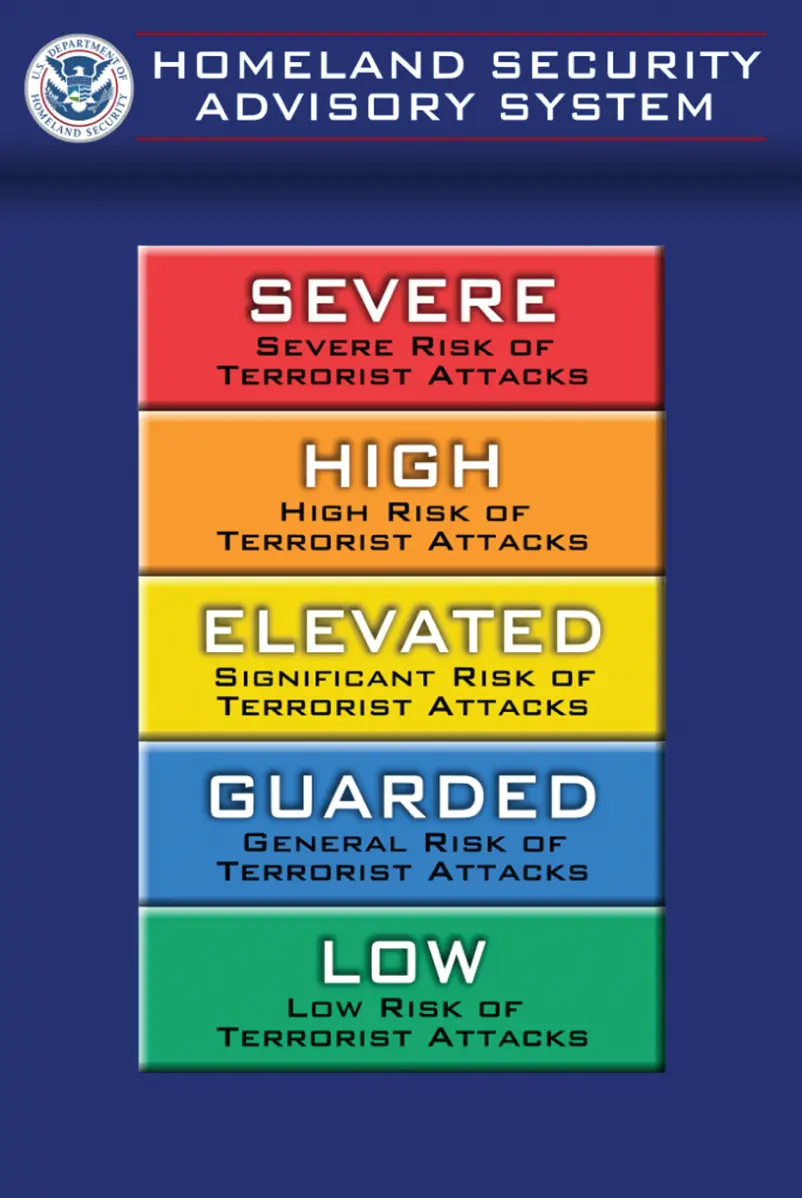
Figure 3.1Color-Coded Homeland Security Advisory System. Severe = red; High = gold; Elevated = yellow; Guarded = blue; Low = green.
1 Imminent Threat Alert, which warns of a credible, specific, and impending terrorist threat against the United States;
2 Elevated Threat Alert, which warns of a credible terrorist threat against the United States.
The new NTAS also includes a “Sunset Provision”: The “threat alert is issued for a specific time period and then automatically expires” (US Department of Homeland Security, 2011). Specific alerts may be extended if there is additional information or if the circumstances of the threat change.
The new NTAS seeks to address the fundamental problem of uncertainty inherent to any warning system. By simplifying the system to two levels, the question of what level of certainty signals what level of alert becomes less significant. More gradated decisions about certainty and risk are simply not made. In addition, the new NTAS also provides specific information with each alert, including the geographic region, transportation system, or critical infrastructure threatened; actions taken by authorities; and actions individuals and communities can take to help prevent, mitigate, or respond to the threat (US Department of Homeland Security, 2011).
Similar issues surround the warning systems developed for weather events where uncertainty also plays an important role. Tornado warnings and watches, flood warnings and advisories, hurricane warnings and watches, and tsunami warnings and watches all seek to address the uncertainty inherent in any risk. These systems broadly track the logic of the alert as an initial general notification indicating that a hazardous condition is possible and the warning as a more specific follow-on, usually indicating the hazard has been confirmed. They also create some level of knowledge of the relative risk and prompt some form of remedial response such as “take shelter or evacuate.”
The National Hurricane Center, for example, has promulgated the terms “hurricane warning” and “hurricane watch” to denote the relative level of certainty associated with the risk:
Hurricane Warning: An announcement that hurricane conditions (sustained winds of 74 mph or higher) are expected somewhere within the specified coastal area. Because hurricane preparedness activities become difficult once winds reach tropical storm force, the hurricane warning is issued 36 hours in advance of the anticipated onset of tropical-storm-force winds.
Hurricane Watch: An announcement that hurricane conditions (sustained winds of 74 mph or higher) are possible within the specified coastal area. Because hurricane preparedness activities become difficult once winds reach tropical storm force, the hurricane watch is issued 48 hours in advance of the anticipated onset of tropical-storm-force winds (NHC, 2011).
These terms are examples of efforts to use specific referents to denote a larger body of technical risk information. The similarity of the terms “warning” and “watch,” however, can create confusion for the general public, particularly regarding recommended responses. Warning systems are most effective when they are simple and easy to interpret and where the public has become familiar with the recommended responses (Sorensen, 2000). This familiarity allows the public to connect public warnings with their own personal preparedness plans.
An additional level of uncertainty in hurricane warnings concerns the geographic location of the storm track. The physical location of a storm is a significant factor in the level of risk a community or individual might face. Tracking and predicting storm paths is challenging and communicating the inherent level of uncertainty is difficult. Thus, the National Hurricane Center has developed visual maps that include relative probabilities of a storm’s path (see Figure 3.2). Known as the forecast cone or the “cone of uncertainty,” this system seeks to represent visually for the general public the probability estimates made by subject matter experts. The system represents complex information about probability in a simple visual reference.
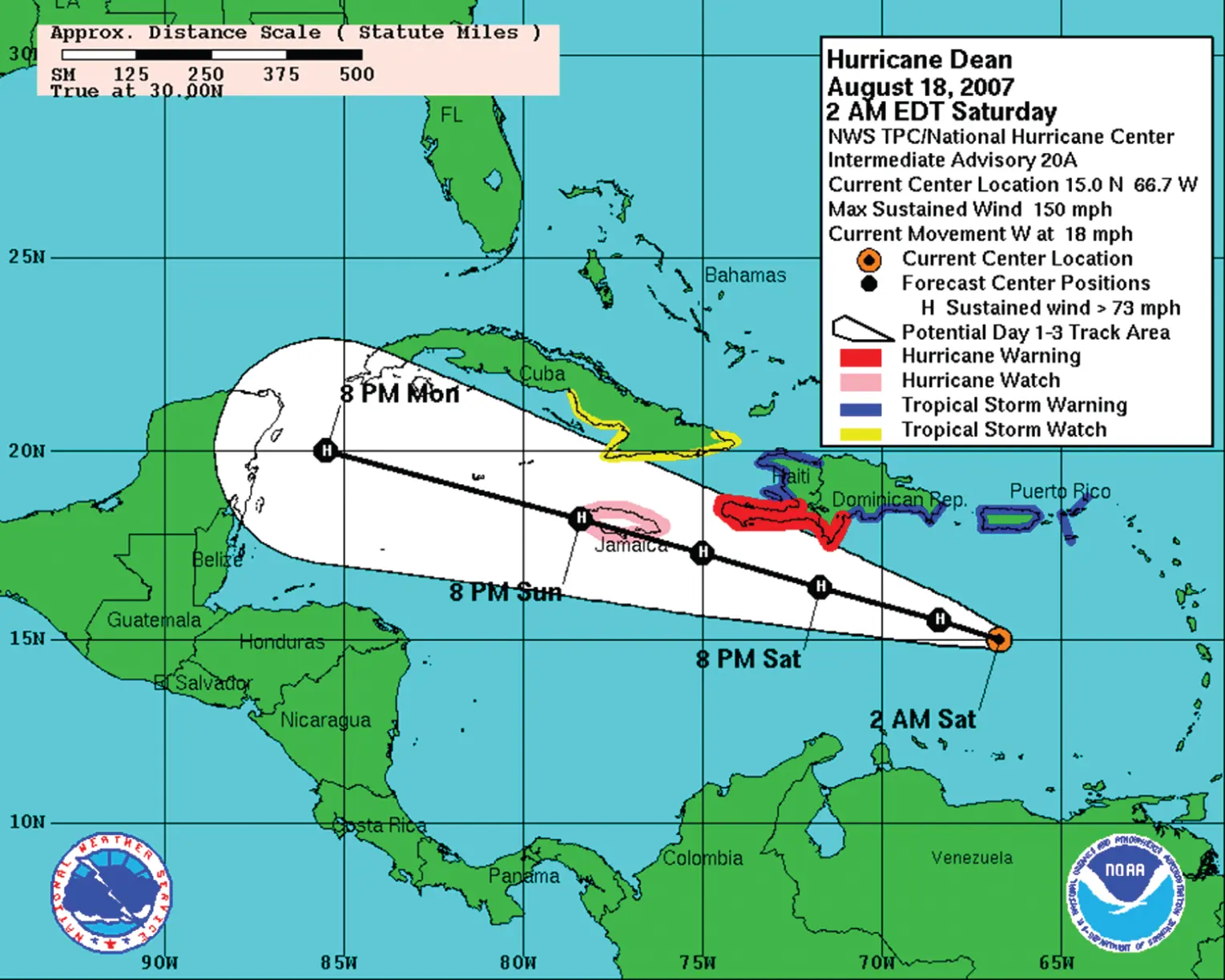
Figure 3.2National Hurricane Center Cone of Uncertainty for 2007 Tropical Storm Dean.
While these models seek to translate risk estimates and projections by subject matter experts into warnings and alerts that can inform the public and persuade them to take appropriate protective action, theory and associated research have focused on the ways in which the public processes this information. It is important to recognize that principles of risk and risk perception as described in Chapter 8 play an important role in how warning messages are received and interpreted. Public perceptions of risk are influenced by a number of factors, including previous experience of the risk, age, institutional factors, media reporting, the technical nature of the risk, and cultural factors (Covello, 2009; Mileti & Sorenson, 1990; Tansey & Rayner, 2009). In addition, risks may be amplified by social factors. According to Kasperson et al. (1988), “Social amplification of risk denotes the phenomenon by which information processes, institutional structures, social-group behavior, and individual responses shape the social experience of risk” (p. 181). Thus, some risks may be elevated in their significance while others are downplayed.
Читать дальше
